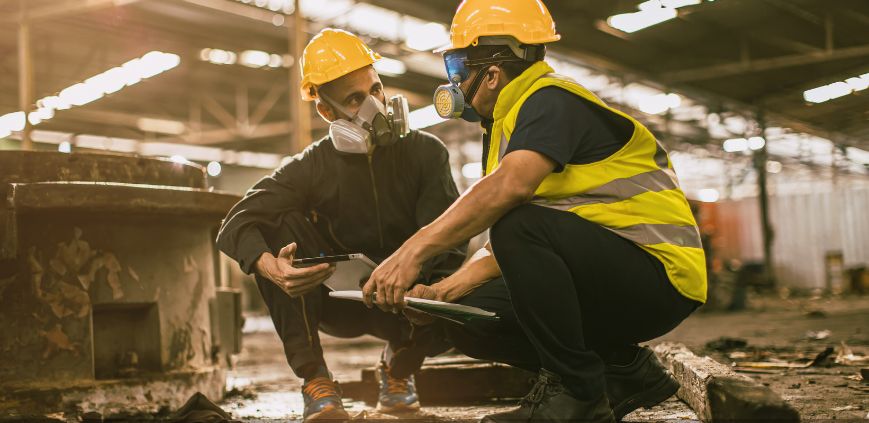10 Workplace Safety Tips Everyone Should Know
Workplace safety is essential for ensuring that employees stay healthy and productive. A safe work environment helps prevent accidents, reduces injuries and boosts overall job satisfaction. Learn about some key workplace safety tips to keep in mind.
1. Follow Safety Protocols
Every workplace should have established safety protocols and guidelines. Make sure you are familiar with them and follow them closely. This includes using personal protective equipment (PPE) when required, understanding emergency procedures, and adhering to safety signage and instructions.
2. Keep Your Workspace Clean
A tidy workspace can prevent accidents and injuries. Keep your work area organized, and make sure that walkways and exits are clear of clutter. Properly store tools and equipment when not in use to avoid tripping hazards and other potential dangers.
3. Practice Good Ergonomics
Ergonomic practices help reduce strain and prevent injuries related to poor posture or repetitive motions. Adjust your chair, desk, and computer screen to ensure that they support proper posture. Take regular breaks to stretch and move around to avoid discomfort from prolonged sitting.
4. Report Hazards Immediately
If you notice any hazards or unsafe conditions, report them to your supervisor or safety officer right away. Early reporting can help address potential problems before they lead to accidents or injuries. Don’t wait for someone else to notice; your proactive approach can make a big difference.
5. Receive Proper Training
Ensure that you and your colleagues receive proper training for the equipment and tasks you handle. This includes training on how to use machinery safely, handle hazardous materials, and respond to emergencies. Ongoing education and refreshers on safety practices are also important.
6. Use Equipment Properly
Always use tools and machinery according to the manufacturer’s instructions and safety guidelines. Avoid improvising or using equipment that is damaged or not properly maintained. Regularly inspect equipment to ensure it is in good working condition.
7. Maintain Good Communication
Effective communication is key to workplace safety. Discuss safety concerns with your team and participate in safety meetings. Clear communication helps ensure that everyone is aware of potential hazards and understands how to address them.
8. Stay Healthy and Alert
Your physical and mental well-being affects your safety at work. Get enough rest, eat healthily, and manage stress to stay alert and focused. If you’re feeling unwell or overly tired, let your supervisor know and avoid taking on tasks that could compromise your safety or that of others.
9. Follow Emergency Procedures
Know the emergency procedures for your workplace, including evacuation plans, first aid protocols, and emergency contact numbers. Participate in regular drills to stay prepared for potential emergencies and ensure you know what to do in case of a fire, chemical spill, or other incidents.
10. Promote a Safety Culture
Encourage a culture of safety within your workplace by being an advocate for safe practices and supporting your colleagues in doing the same. Recognize and reward safe behavior, and continuously seek ways to improve safety protocols and practices.
Workplace Safety 101
Workplace safety is everyone’s responsibility. By following these tips and staying vigilant, you can help create a safer and healthier work environment for yourself and your colleagues. Remember, safety should always be a top priority!
Read on to learn about workplace ramps.

